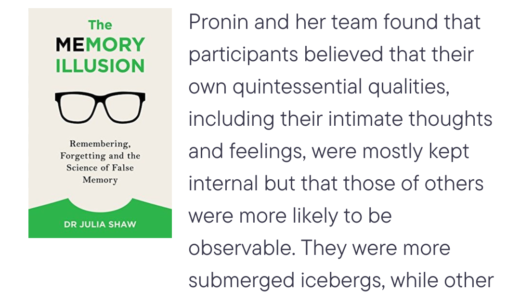Note that there is a paradox built into the way people perceive time: unfilled time is perceived as lasting longer than filled time at the time of the experience, but when later recalled, unfilled time is perceived as being shorter than filled time. So which should be given to customers? The way to answer the question is to realize that what truly matters is the total experience. Although short waiting times are to be preferred to long ones, if the time is filled with interesting activities, then at the time it is experienced, it is perceived as going quickly and enjoyable. Later, when the activity is being remembered, the events will dominate, and as long as those events are pleasurable, the end result can be positive: “Yes, we had to wait for a long time in line but the wait was fun.” Any place that has numerous people waiting for extended periods could follow this practice. But note that this only works if one’s place in line is assured. Here is a case where an attempt to make an experience more pleasant can have the opposite effect if it is accompanied by worry about missing an event or losing one’s place in line. Some complexity has to be added to simplify the experience: number assignment, reservations, or targeted admission times will help. Even so, people have been known to miss their flight because they were so distracted by the available activities at the airport.
The psychology of waiting. Having things to do, and knowing the progress of your wait can make a significantly longer wait much more enjoyable than one without any activity. Something to keep in mind when queues are set up for your customers.



